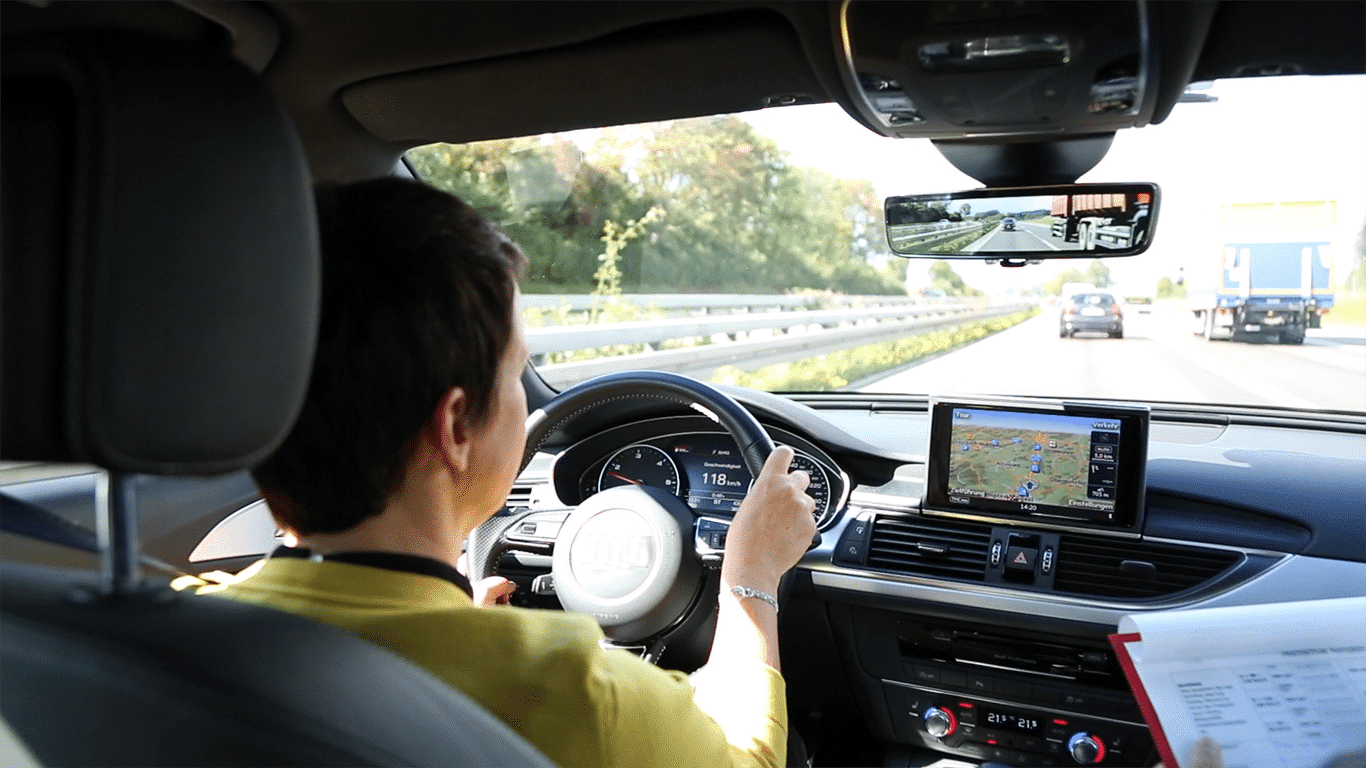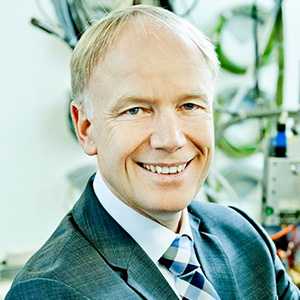Research Results of worldwide 1st Customer Acceptance Study on Full Display Mirrors

Cameras and displays have the potential to replace car mirrors. But integration and driver acceptance challenges remain.
BUT INTEGRATION AND DRIVER ACCEPTANCE CHALLENGES REMAIN
- Studies show drivers appreciate the benefits of digital mirrors, especially the expanded field of view
- Regulatory, vehicle integration, cost, functionality, and consumer acceptance challenges will moderate global adoption in the short term
- Rear video displays, mirrors and hybrid solutions will likely coexist for the foreseeable future
ILLERTISSEN, Germany, June 18, 2019 – Automakers have selectively begun replacing traditional rearview mirrors with camera monitoring systems (CMS) that use cameras and video displays to improve the driver’s rearward and/or sideward field of view; however, numerous challenges remain that could abate the pace of this digital transition.
This was the main conclusion of researchers and industry experts at a recent workshop designed to highlight the auto industry’s transition from an analog to digital rear view.
“Research shows that a vast majority of drivers appreciate the expanded field of view video display mirrors provide, and most quickly acclimate to using displays for rear vision, but some challenges to customer acceptance exist,” said Dr. Bernhard Schick, who runs the Adrive Living Lab, an autonomous driving research facility at Kempten University. “In our most recent study, nearly half the participants expressed concern that a video display mirror could misfunction, leaving them without rear vision.”
Another challenge is that video displays themselves have functional limitations. Experts point out that driving with displays is very different from using traditional rearview mirrors. For instance, video displays project a two-dimensional image, making it difficult to judge distance, especially during reversing maneuverers. Displays also require the driver to refocus their eyes on the display, which can increase eye strain and driver fatigue.
“We estimate that between 10 to 15 percent of the driving population dislikes digital vision systems,” said Brad Bosma, vice president of digital vision systems for Gentex Corporation, a company that helps automakers implement CMS solutions. “The overall challenge for the auto industry is determine ways to execute CMS without alienating the end customer.”
The industry also needs to determine how best to integrate CMS systems into the vehicle. Determining where to locate the displays and cameras can be challenging. The video displays should ideally be in the driver’s natural scan pattern while being shielded from direct sunlight in order to prevent washout. Depending on the vehicle’s exterior design, side-view cameras may need to protrude significantly from the vehicle and thus be designed to power fold and breakaway in case of an accident. These engineering challenges can increase the total system cost, quickly making CMS solutions cost prohibitive.
“There’s already a significant cost premium when you move from traditional mirrors to cameras and displays,” said Bosma. “When you factor in the additional engineering and tooling costs, it can be problematic, especially for lower-priced vehicles.”
There are also regulatory hurdles preventing the widespread adoption of camera monitoring systems. Currently, field of view requirements differ from country to county, making it difficult for automakers to provide a globally compliant CMS solution.
“CMS solutions have the potential to make driving safer by expanding the rearward field of view and helping to eliminate blind spots, which is good for drivers, pedestrians and cyclists alike” said Schick. “Drivers know that digital innovation is important, and a vast majority indicate a willingness to use display solutions for rear vision.”
In the near term, mirrors and video displays may coexist in hybrid systems where cameras and displays are used to augment traditional mirrors.
Gentex currently markets a Full Display Mirror (FDM) that uses a custom camera and mirror-integrated video display to optimize the rearward view. In mirror mode, the product functions as a standard rearview mirror, but with the flip of a lever, the mirror enters display mode, and a clear, bright, LCD display appears through the mirror’s reflective surface. It can also display inset video images streamed from side-view cameras housed in the exterior mirrors.
“A hybrid solution combines the benefits of mirrors and displays, allowing the driver to choose when to use which system depending on the driving task,” said Bosma. “Hybrid solutions also help drivers better acclimate to using CMS solutions.”
Gentex is a long-time supplier of electro-optical products for the global automotive industry. It supplies nearly every major automaker with connected-car technologies and advanced electronic features that optimize driver vision and enhance driving safety.
The Adrive Living Lab is an institution of the Kempten University of Applied Sciences and part of the Allgäu Research Center. It was founded in 2017 by Prof. Bernhard Schick and today employs about 30 full-time employees. The Living Lab philosophy is based on the idea of practicing user-centered research.



